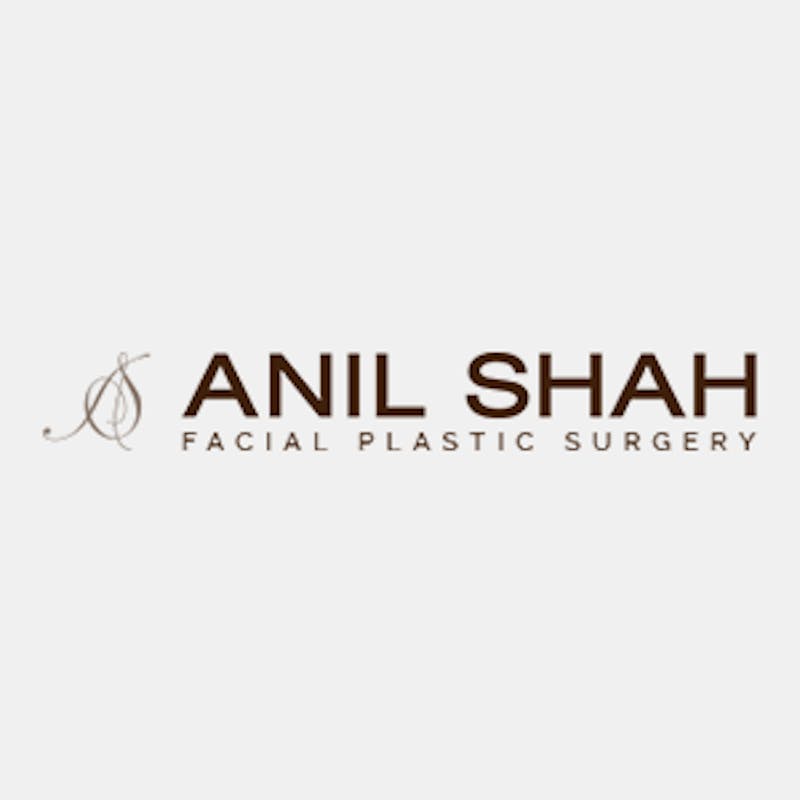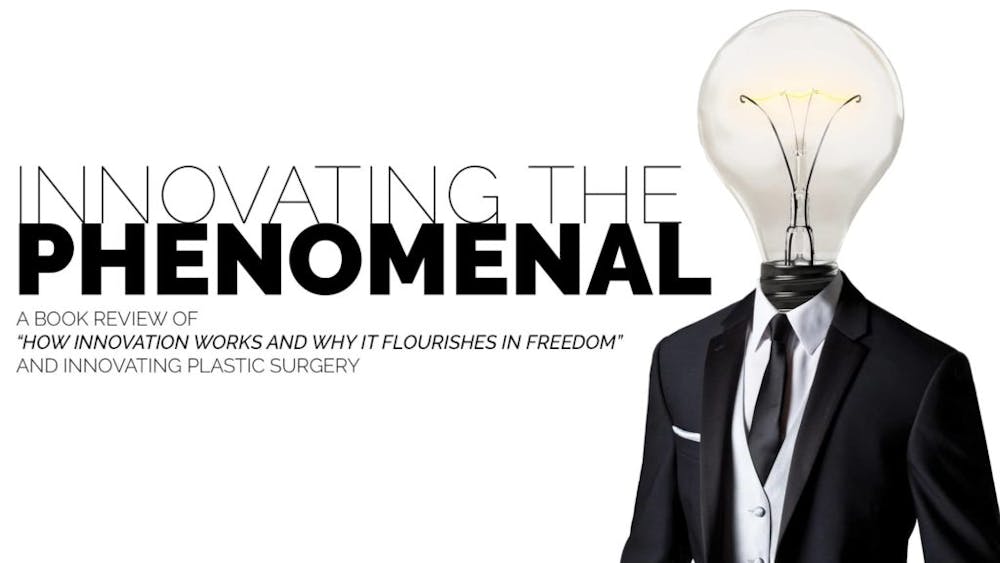
Posted by Dr. Anil R. Shah
So, I recently read a book, which I’m not here to do book reviews, but I thought it was kind of interesting and it was on innovation. It’s called How Innovation Works And Why It Flourishes In Freedom by Matthew Ridley. And it’s kind of cool because this book talks about the mindset of how people take an idea and they make it better or they innovate. And oftentimes, people are comfortable when things are convenient. They work. But my mindset has always been to take something and ask, “can we make it better? Can we take something that’s good and make it phenomenal?” And that’s kind of the nature of human progress and what happens. They go over some great examples here in innovations that shaped the world, like the Industrial Revolution, vaccinations for smallpox, and how even potatoes reached Europe. All these things where people took something that was fundamentally a good idea. And they just wanted more people to know about it. They wanted people to kind of say, Hey, here’s a different and better approach.

So obviously, I’m not saying that my changing some of the ideas in plastic surgery are at that same level. But they do impact human lives. It’s innovation. It can be small. Innovation can be large. And, I think we, as human beings, are always striving to innovate and try to make things better. I’ll give a couple examples of things I’ve done not to self-promote, but just to kind of talk about the mindset behind innovation.
One of these processes was necklifting. And traditionally speaking, I used to do the neck lift that everyone does. This is a comfortable technique. And this technique involves liposuctioning the superficial layer of the neck. Essentially, maybe kind of putting the muscle together in the neck, underneath that called the platysma muscle.
The problem with this was, although this is the idea that everyone does and everyone follows and it kind of works. It didn’t really create the results that patients wanted. You’re trying to take something that’s okay. And turn it into something phenomenal. So for me to figure this out, I looked at others and others who have innovated. And I adopted my own spin on this by taking these ideas, going deeper, and making more changes. Hence, the adoption of the Five Layer Neck. The five layer neck is where you look at the anatomy of the neck and you see that it’s not just superficial fat or just superficial muscle. But it’s some of the deeper layers that are really contributing to the bulk of the neck that’s causing the issues that patients are complaining about. It doesn’t mean you can make a neck perfect, but you can make it substantially better. And you can go and see patients who are now saying, “oh, this is okay” to patients telling me, “Wow! This is phenomenal,” or “Wow! You’ve changed my life.” And to me, that’s worth it.
Another example of this would be in rhinoplasty. Again, traditional approaches use hammers and mallets. They work, I’ve done it for years and patients are happy. But the problem with this was it’s okay. And again, for me, I never want ‘okay’. I always want to push things to be phenomenal with more consistency and even more detail oriented. And so pushing this forward some others have innovated moving things from hammer and mallets to ultrasonic rhinoplasty which I’ve adopted and used. And then I’ve taken some of these ideas and techniques and used my own ideas to move it forward even more.
This whole concept, which sounds bizarre, not being able to make someone’s nose smaller. If you talk to most surgeons, if you go to a meeting, they’re going to tell you, “I can’t make your nose smaller.” They may not say this to you, but they’re going to say it to each other. “But what I can do is I can reshape your nose. I can stick your nose out further. It’ll make your tips smaller. I can bring your bridge down, but I’m gonna have to project your nose in another way. So overall your nose is going to be the same size. It’s just going to be shaped differently.” If you listen to patients, though, that’s not what they wanted, but they were okay with that. But again, okay is not what we want. We want phenomenal. So making the nose volumetrically, measurably, objectively smaller, took some piecing together of different information. People who are already innovating with great ideas and then a little twist on that. To say, “Hey, let’s bring this further. Let’s make this better.” And that’s what created the 4D Approach for the nose.
And for me, this is kind of the mindset for my office and for my practice. Whenever we look at something be it a rhinoplasty, be it a facelift, be it a hair transplant, be it Botox, or be it fillers, innovation is being done. I think it’s pretty good. But “pretty good” is not what we want, not in my practice anyway. We want it to be at a level that is phenomenal at the very least. So what can we do? What can we add? What can we do to make the patient experience, the patient recovery, the patient consistency, the objectivity of this procedure to be as phenomenal as possible and keep pushing and keep striving to make this the best possible outcomes? I think this book is a good starting point and a way of inspiring you in whatever field you’re in.

